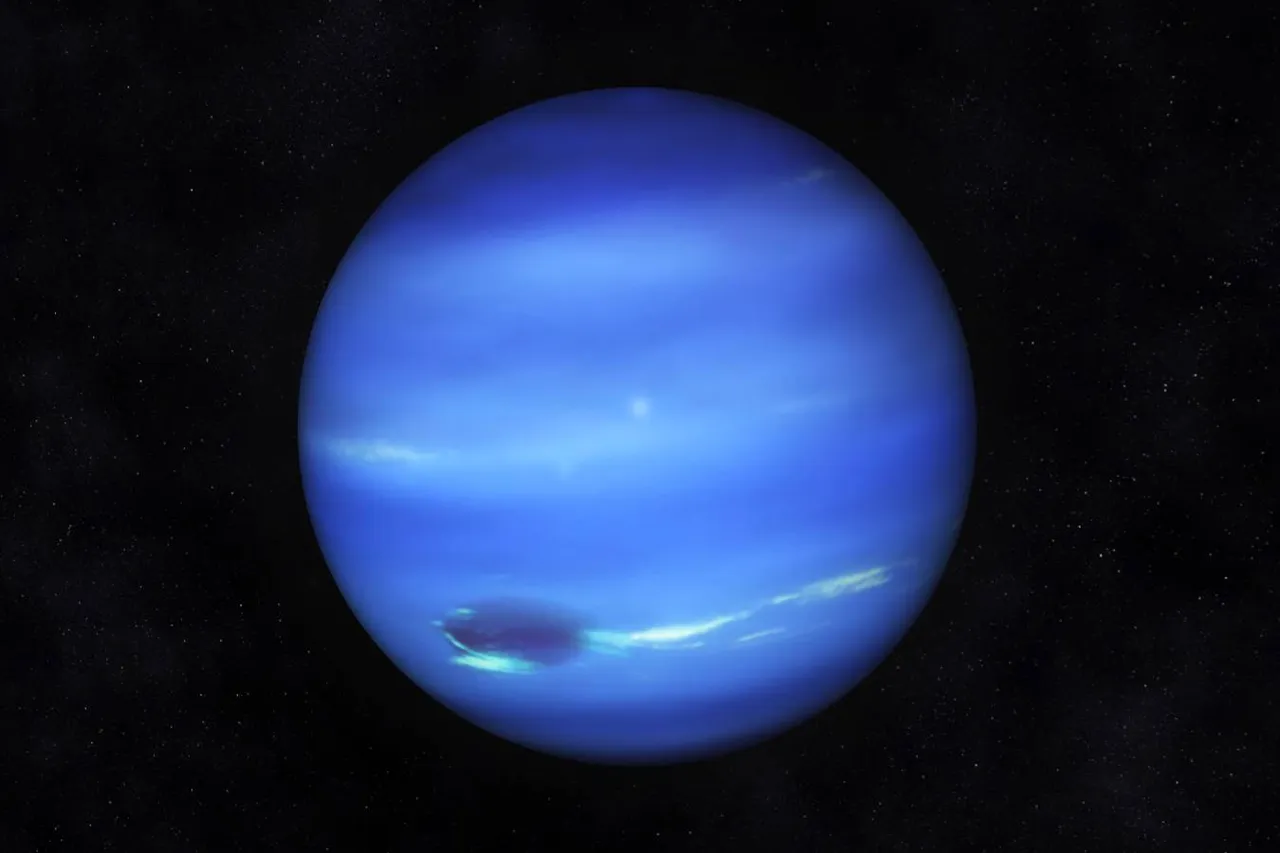A new Webb image of our solar system’s seventh planet from the Sun shows the planet is more than a giant ball of ice. Uranus in infrared imaging shows the planet like we’ve never seen it before.
NASA’s James Webb telescope has done it again with a stunning new image of Uranus. The Webb telescope has incredible infrared resolution and sensitivity. This image gives astronomers a new look at the planet’s features and invaluable information that can be one day used for a future mission to the planet.
A New Look of Uranus
In the new image, the rings of Uranus are visible, along with many of the planet’s 27 moons, and the seasonal polar cap. There are a lot more colours to see in this image due to the additional wavelengths Webb can see. Uranus’ dimly lit inner and outer rings were captured in this image as well. The notorious faint Zeta ring, an extremely dim ring closest to the planet, was even made visible in this new image that was not previously seen well in visible images.
Seen here by Webb, ice giant Uranus is a dynamic world with rings, moons, storms, extreme seasons, and more. Webbs sensitivity has even captured the close-in Zeta ring, faint, diffuse, and elusive. https://t.co/T85e7JHwrm pic.twitter.com/R38XPfx7uv
— NASA Webb Telescope (@NASAWebb) December 18, 2023
Uranus, a “dynamic ice world”, is an ice giant that also spins on its side. The planet is also on a 98 degree tilt. There is more to this planet than a big blue sphere. Seeing Uranus in infrared wavelengths gives way to more colors in this image, compared to just seeing shades of blue in a visible image.
Seasonality on Uranus
The bright white inner cap is Uranus’ seasonal north polar cap. Towards the bottom in the lower latitudes, the polar layer is dark. The seasonal north polar cap is more prominent when the pole is pointed towards the Sun, approaching the solstice and receiving more sunlight. Near the southern border of the polar cap, there are bright storms. The number and frequency are most likely due to seasonal and meteorological effects.
Out of all the planets in the solar system, Uranus has the most extreme seasons in the solar system. Sun shines over one pole for nearly a quarter of a Uranian year. One year on Uranus is equivalent to 84 Earth years. During this time, the planet is in a 21-(Earth) year long winter. The next solstice on Uranus is 2028.
Uranus has become a proxy for studying about 2,000 other exoplanets with similar sizes and characteristics. This helps astronomers understand how these sort of planets work, along with their meteorology and formation.

Dr. Thomas Hughes is a UK-based scientist and science communicator who makes complex topics accessible to readers. His articles explore breakthroughs in various scientific disciplines, from space exploration to cutting-edge research.








